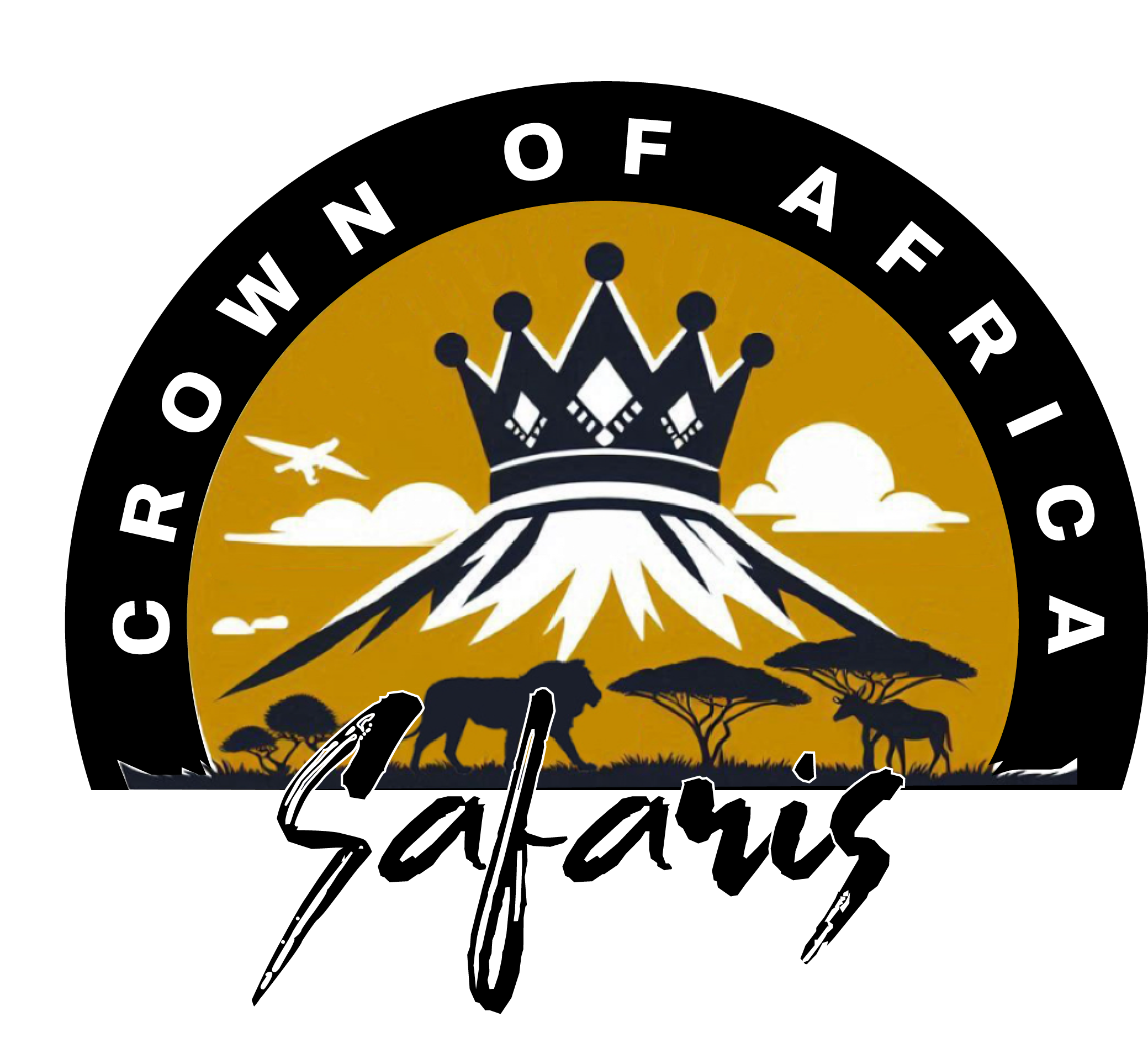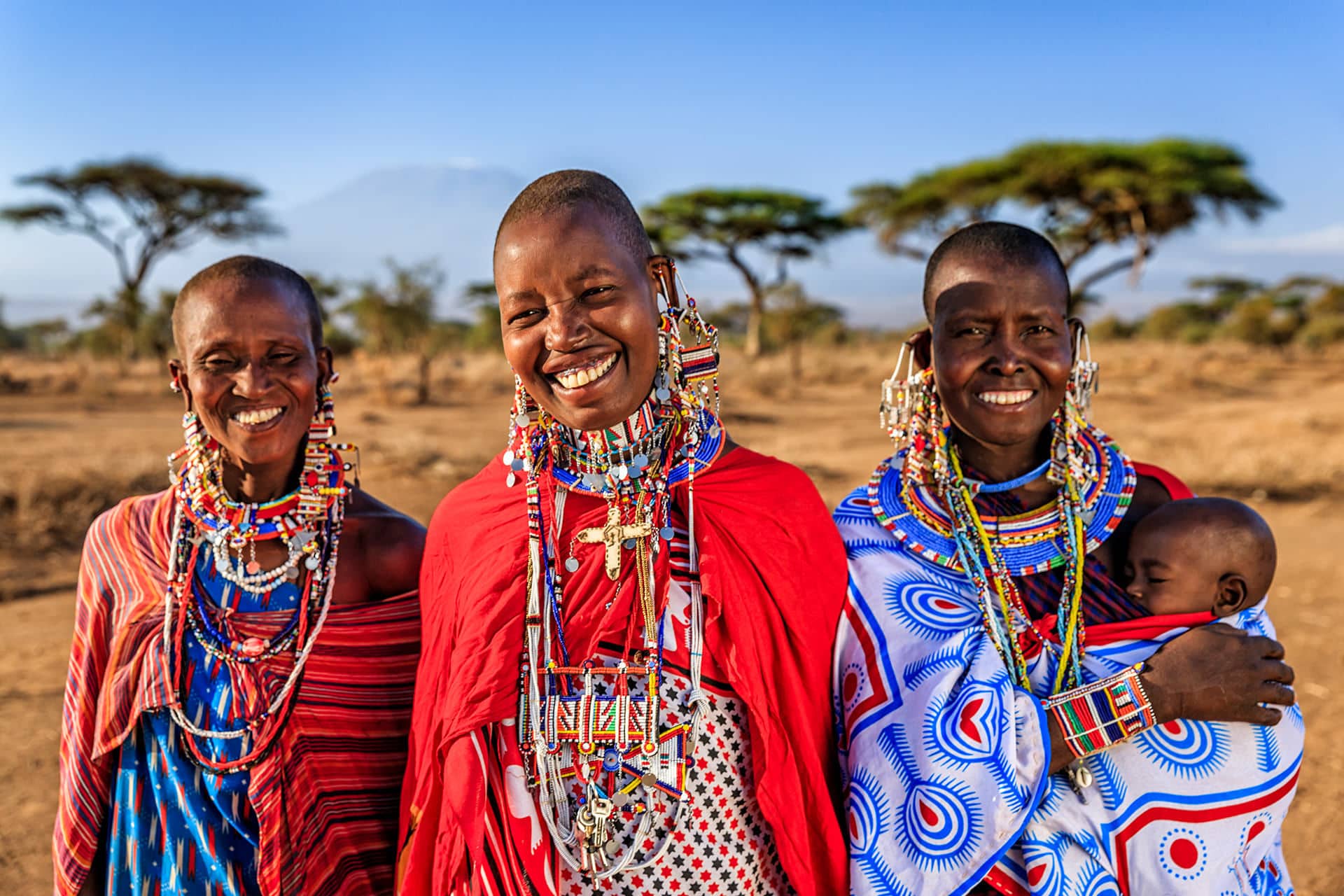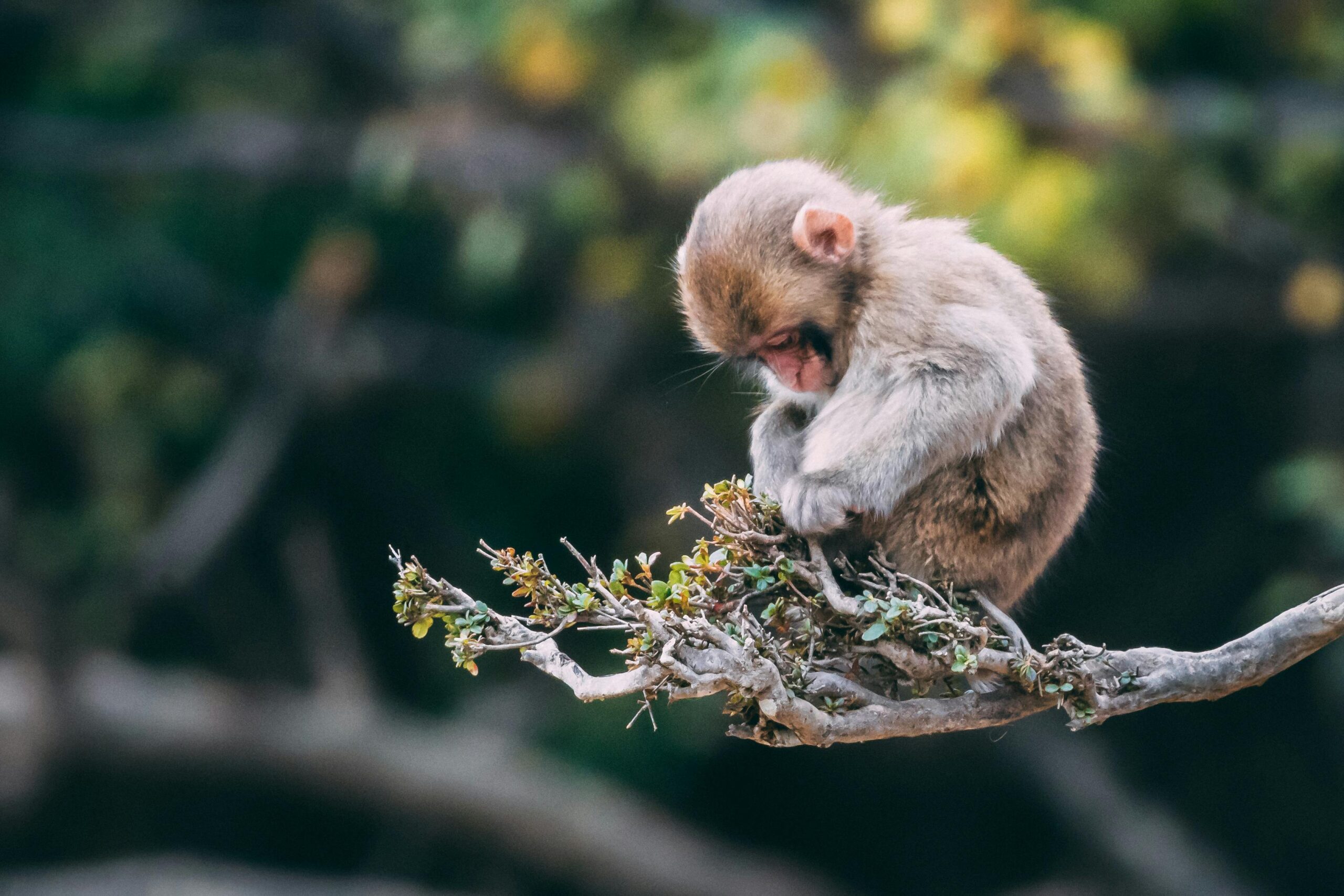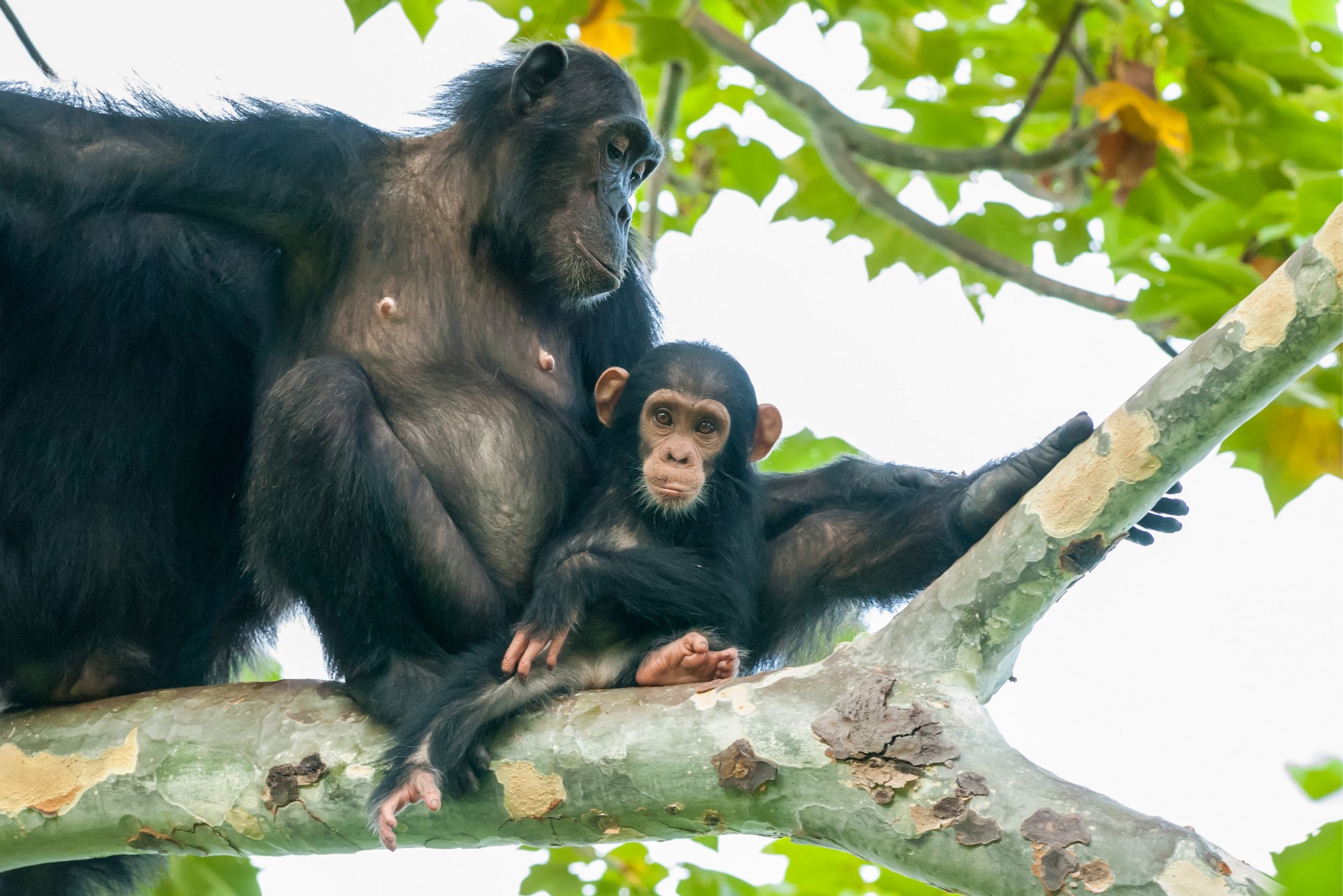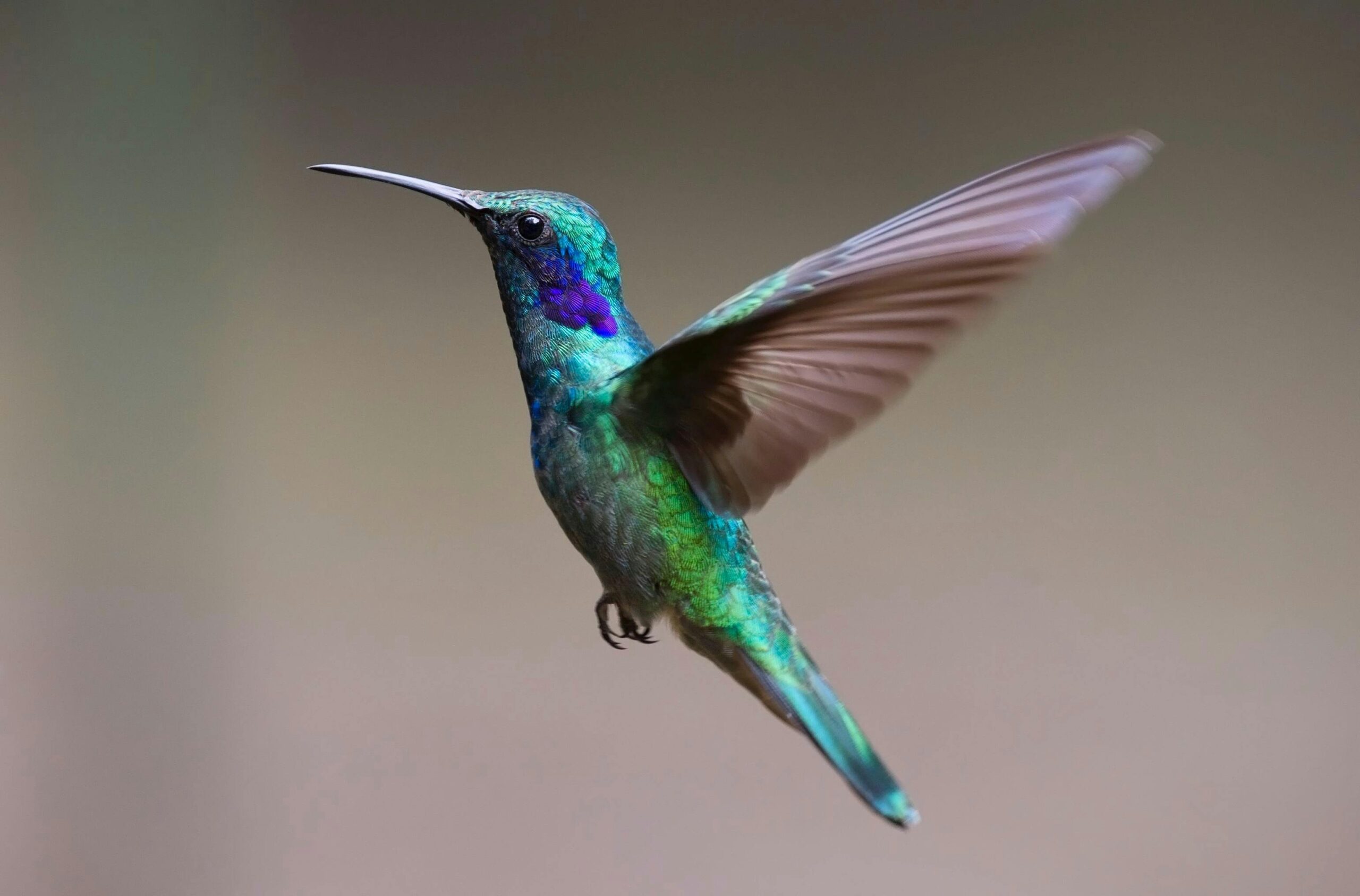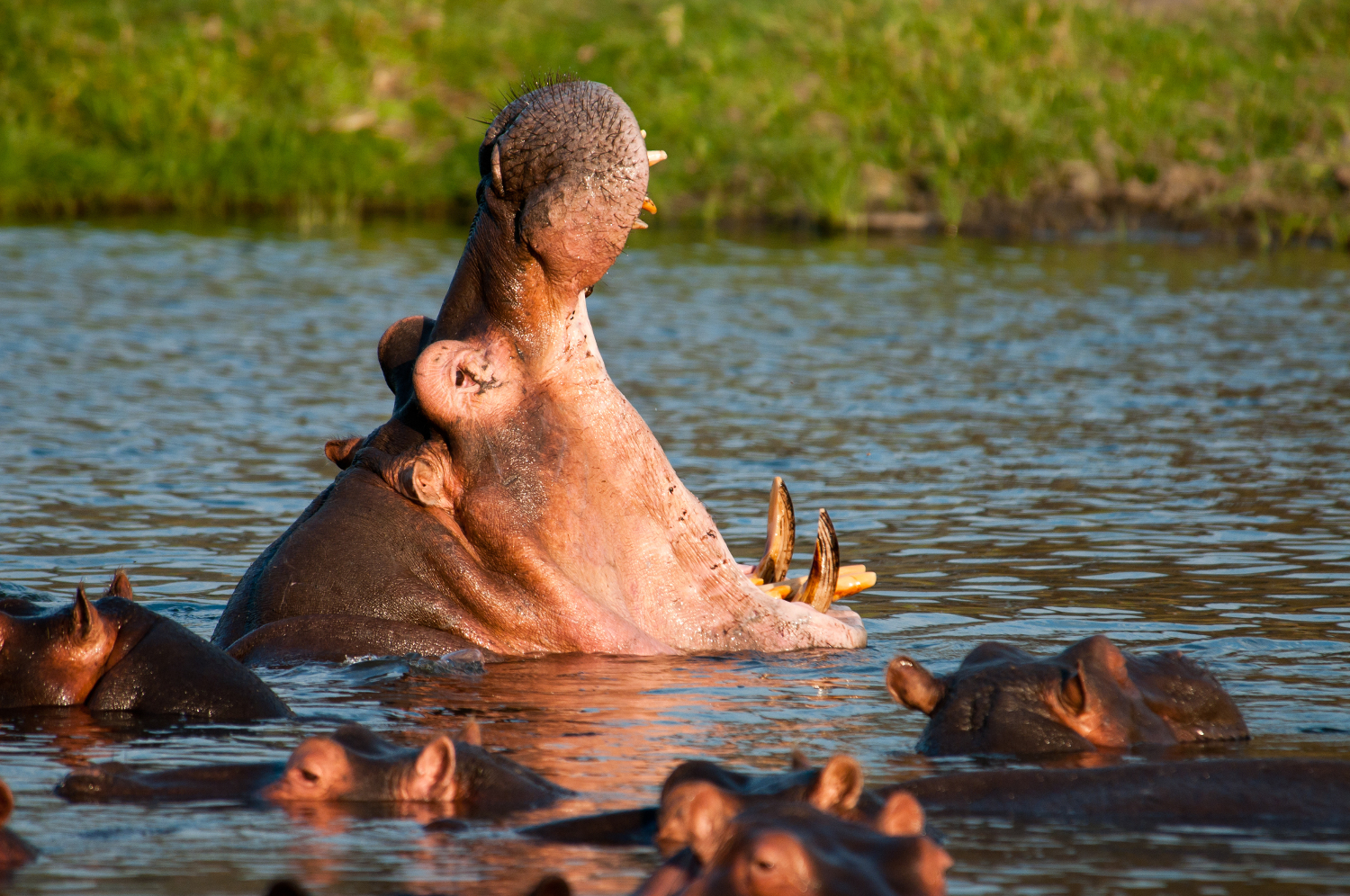The Maasai don’t follow the standard Gregorian calendar. Instead, they track time by seasons (dry and rainy), lunar cycles, and significant community events. Even time during the day is told based on the position of the sun rather than by the clock.
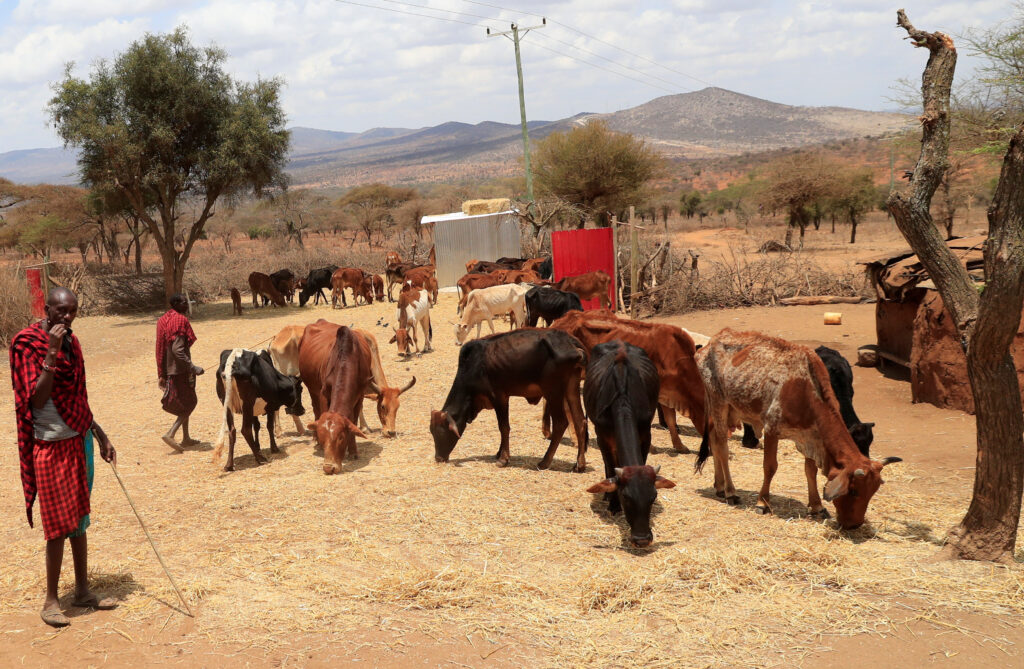
Cattle Are the Center of Life
For the Maasai, cattle represent wealth, status, and survival. They measure prosperity in livestock, not money. Cows provide milk, sometimes blood, and are central in marriage negotiations and ceremonies. A man’s social standing is often linked to the size of his herd.
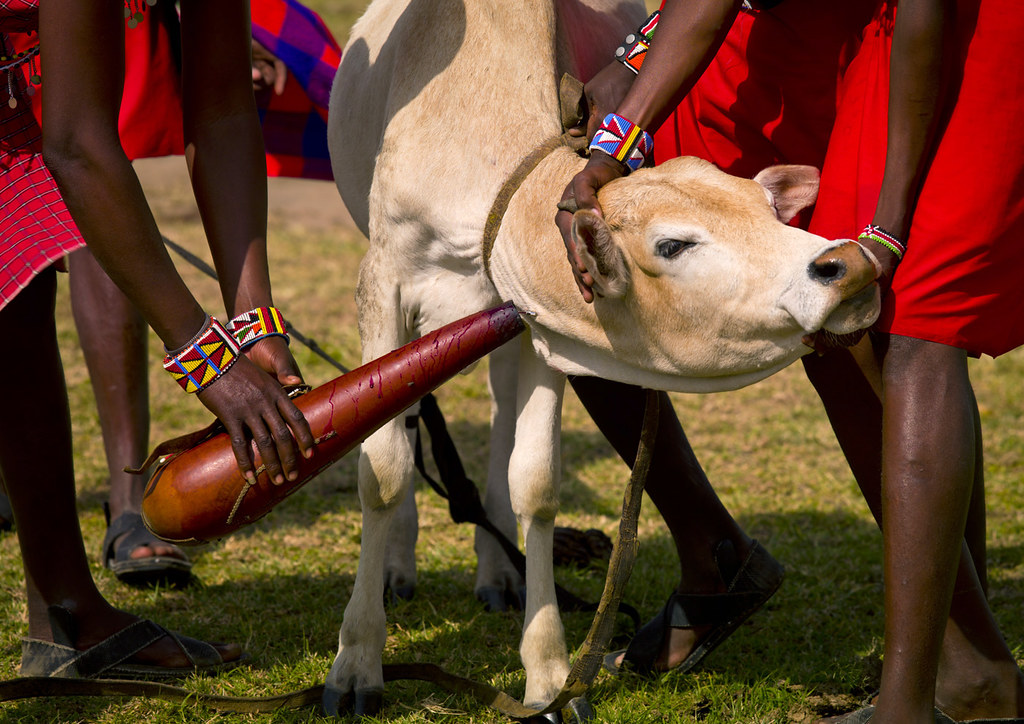
Their Diet Includes Cow Blood
Traditionally, the Maasai diet is rich in milk, meat, and blood. Blood, often drawn without harming the animal, is mixed with milk and consumed during rituals, ceremonies, or as a remedy for illness and strength.
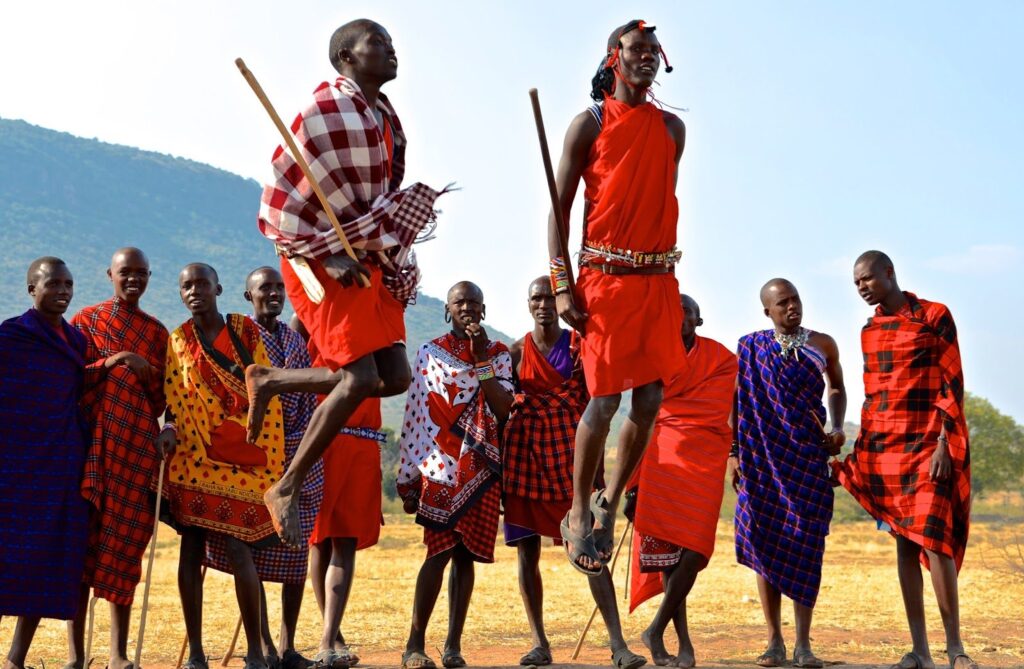
Jumping Is More Than a Dance
The famous Adumu (jumping dance) isn’t just for show. Performed by young warriors (morans) during ceremonies, it demonstrates strength and endurance. The higher the jump, the more respect a warrior earns from his peers.
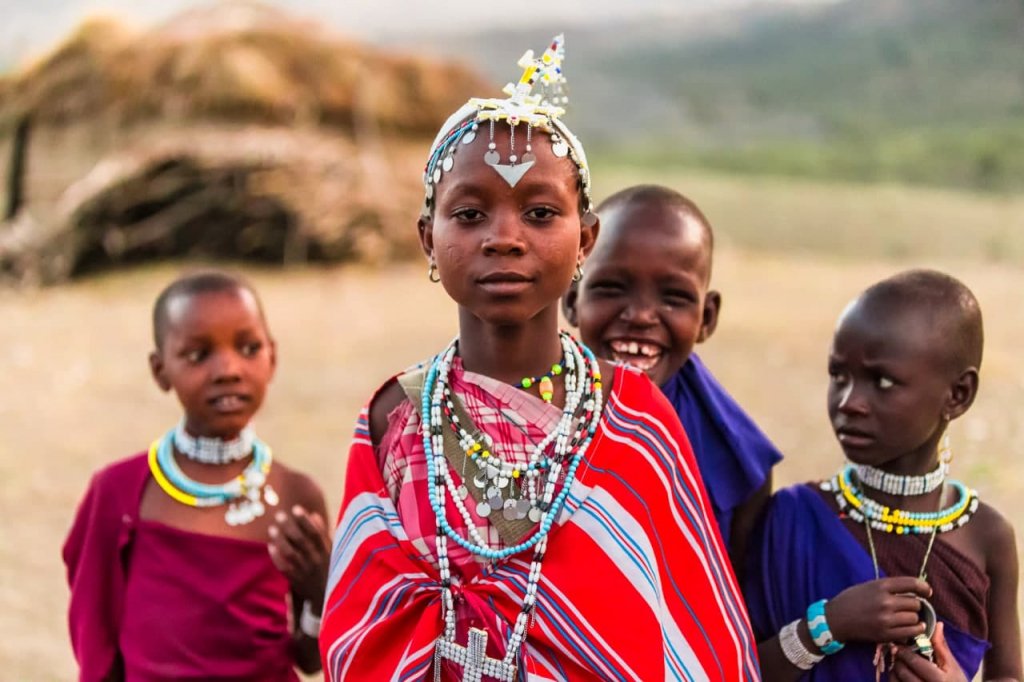
They Have Their Own Calendar
The Maasai follow a lunar calendar marked by natural cycles like rainfall, cattle birth, and grass growth. Seasons and ceremonies revolve around these patterns, guiding community decisions and spiritual events.
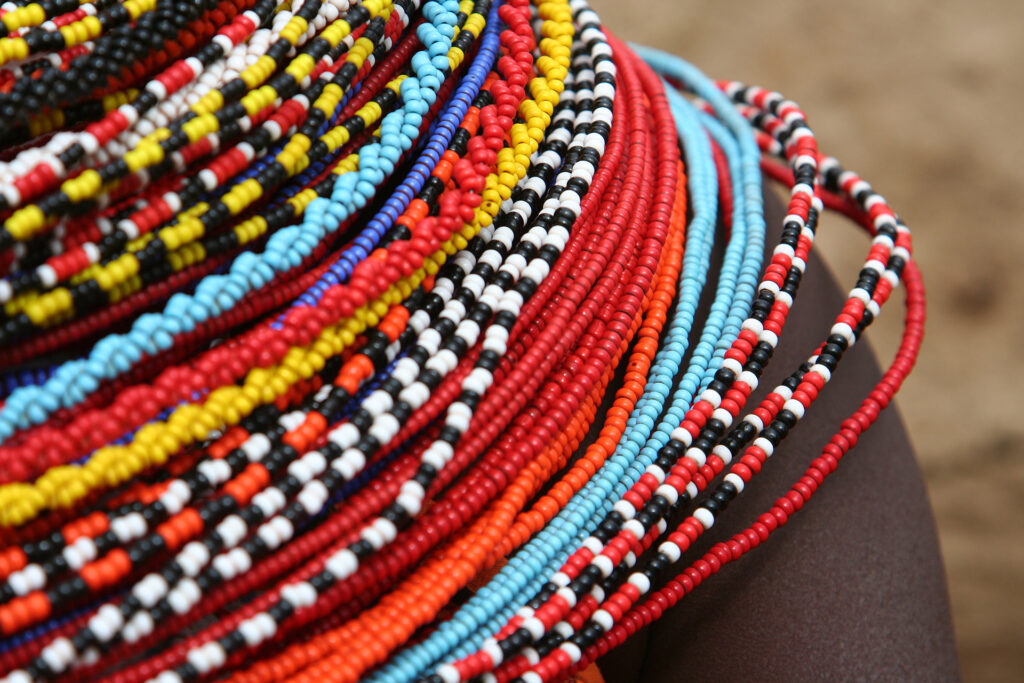
Color Has Cultural Meaning
The bright red worn by many Maasai symbolizes bravery and protection. Other colors also carry meaning blue for the sky and water, green for land and health, and black for the people and struggles they endure. Beadwork patterns are often passed down through generations.
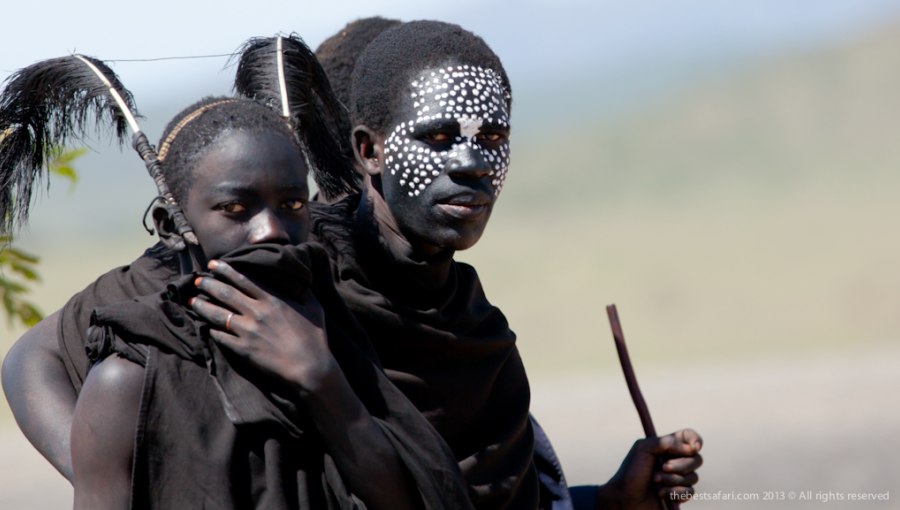
Not All Maasai Live the Same Way
While many still live traditional lives as herders in Tanzania and Kenya, some Maasai communities have adapted to modern life, working in towns, pursuing education, and engaging in eco-tourism projects that preserve their culture while supporting their families.
